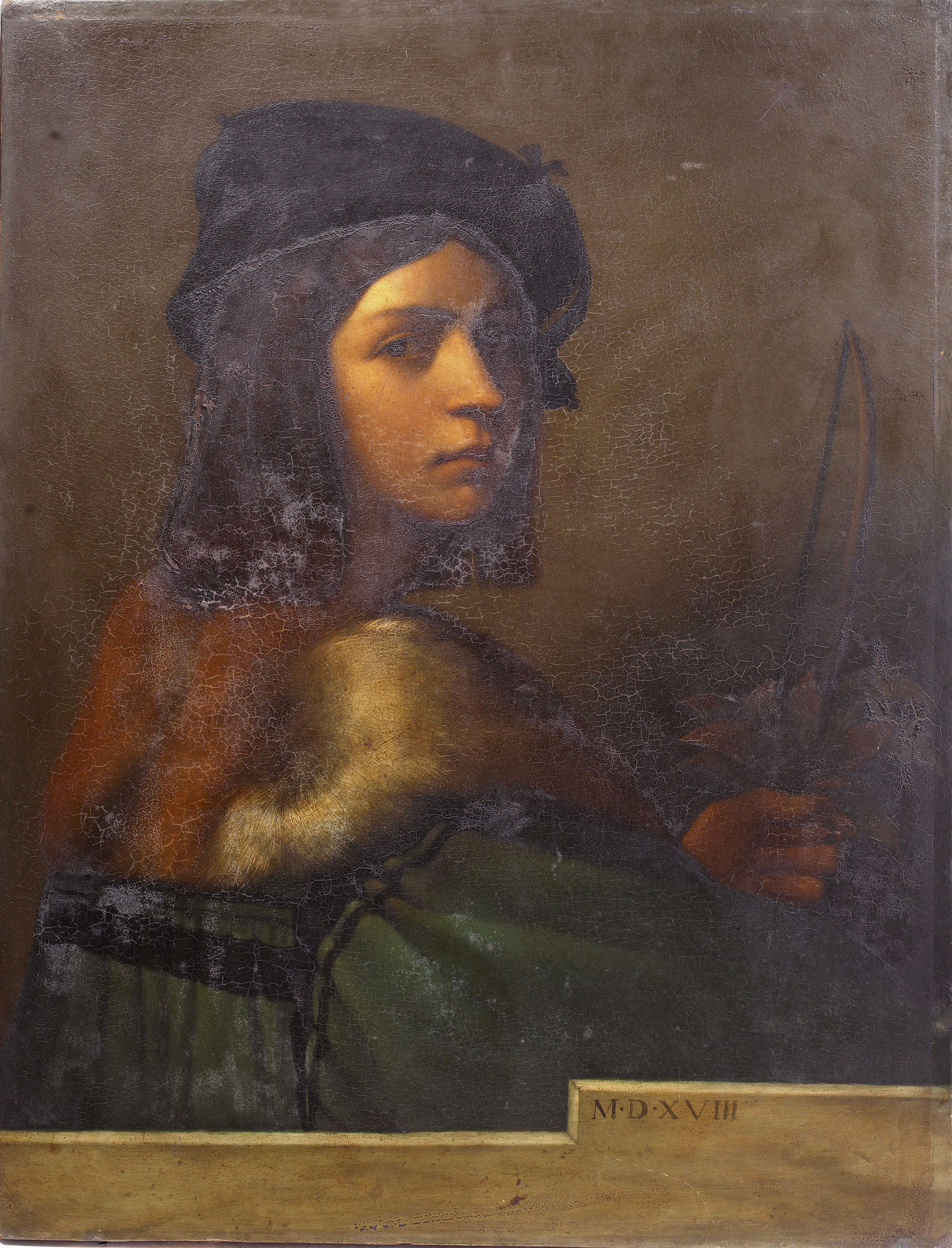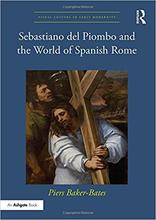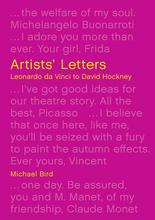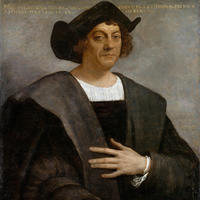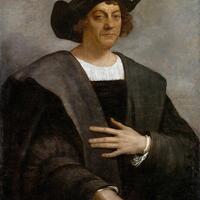More about Sebastiano del Piombo
- All
- Info
- Shop
Works by Sebastiano del Piombo

Contributor
Sebastiano added the title "del Piombo," "of the lead," to his name when the Pope appointed him to be the guy who follows him around everywhere, affixing his special lead seal to documents.
It was the Dunder Mifflin of papal appointments, with a cushy salary but very little in the way of creative challenges. In order to accept the position, Sebastiano had to take a vow of celibacy and become a friar, even though he was married with two children. During this period, his work slowed down, and his time of great collaboration with Raphael drew to a close.
In a 490-year-old letter to a pal, Sebastiano doesn't take his position all that seriously, even though his work was responsible for the authentication of the Pope's communications. "You'll marvel at my negligence" in not writing you, Sebastiano wrote, because there was "nothing newsworthy to report." "I wouldn't want you to think that friarhood has ruined me, and that I am no longer that same Sebastiano, painter and partygoer, that I have always been." By the resigned tone of the letter, we can assume that Sebastiano's mojo never fully resurfaced.
Piombo's friendships, including those with Michelangelo and Raphael, always had a ribald quality, and this did not change during his friarhood. At one point, a poet named Berni sent a "burlesque poem" to Sebastiano poking fun at their mutual friend, Michelangelo, and Michelangelo responded, mock-impersonating Sebastiano, making penis jokes:
To you, who are numbered among the rarest things,
I offer myself completely; do not think
That I will fail you, unless my hood falls off
The hood, of course, is a double entendre referring to both the Capuchin friar's hood and the foreskin, which, for the Romans, represented authentic masculinity.
In recent years, scholars have enjoyed examining Sebastiano's sketches, including one at the Louvre showing a nude St. Agatha, one of the most central saints in Catholicism. The sensual nature of the image is an exchange for its position in the Catholic liturgy. Despite its tendency to shun nudity and the body-worship that was common among the pre-Christian Greeks and Romans, the Church was pragmatic, willing to allow people to enjoy nudie pics as long as they belonged to a narrative of torture and martyrdom. The Church-sponsored artistic association between sexuality and execution was apparently intended to make people more modest and celibate, but it also has the effect of turning violence itself into a fetish.
Sources
- Biow, Douglas. Vasari's Words: The 'Lives of the Artists' as a History of Ideas in the Italian Renaissance. Cambridge: Cambridge University Press, 2018.
- Burrus, Virginia. The Sex Lives of Saints: An Erotics of Ancient Hagiography. Philadelphia: University of Pennsylvania Press, 2010.
- Charney, Noah, and Ingrid Rowland. The Collector of Lives: Giorgio Vasari and the Invention of Art. New York: W. W. Norton & Company, 2017.
- Cook, Herbert Frederick. Giorgione. London: G. Bell & sons, 1904.
- Miles, Margaret R. Bodies in Society: Essays on Christianity in Contemporary Culture. Eugene, OR: Cascade, 2008.
- Simons, Patricia. The Sex of Men in Premodern Europe: A Cultural History. Cambridge: Cambridge University Press, 2011.
- Vahland, Kia. Sebastiano del Piombo: a Venetian in Rome. Berlin: Hatje Cantz, 2008.
Featured Content
Here is what Wikipedia says about Sebastiano del Piombo
Sebastiano del Piombo (
Italian: [sebaˈstjaːno del ˈpjombo]; c. 1485 – 21 June 1547) was an Italian painter of the High Renaissance and early Mannerist periods, famous as the only major artist of the period to combine the colouring of the Venetian school in which he was trained with the monumental forms of the Roman school. He belongs both to the painting school of his native city, Venice, where he made significant contributions before he left for Rome in 1511, and that of Rome, where he stayed for the rest of his life, and whose style he thoroughly adopted.
Born Sebastiano Luciani, after coming to Rome he became known as Sebastiano Veneziano or Viniziano ("Sebastian the Venetian"), until in 1531 he became the Keeper of the Seal to the Papacy, and so got the nickname del Piombo ("of the Lead") thereafter, from his new job title of piombatore. Friends like Michelangelo and Ariosto called him Fra Bastiano ("Brother Bastian").
Never a very disciplined or productive painter, his artistic productivity fell still further after becoming piombatore, which committed him to attend on the pope most days, to travel with him and to take holy orders as a friar, despite having a wife and two children. He now painted mostly portraits, and relatively few works of his survive compared to his great contemporaries in Rome. This limited his involvement with the Mannerist style of his later years.
Having achieved success as a lutenist in Venice when young, he turned to painting and trained with Giovanni Bellini and Giorgione. When he first went to Rome, he worked alongside Raphael and then became one of the few painters to get on well with Michelangelo, who tried to promote his career by encouraging him to compete for commissions against Raphael. He painted portraits and religious subjects in oils, and, once he was established, avoided the large fresco schemes that took up so much of the time of Raphael and Michelangelo. His earlier career in both Venice and Rome was somewhat overshadowed by the presence of clearly greater painters in the same city, but after the death of Raphael in 1520, he became Rome's leading painter. His influence on other artists was limited by his lack of prominent pupils and relatively little dissemination of his works in print copies.
Check out the full Wikipedia article about Sebastiano del Piombo

